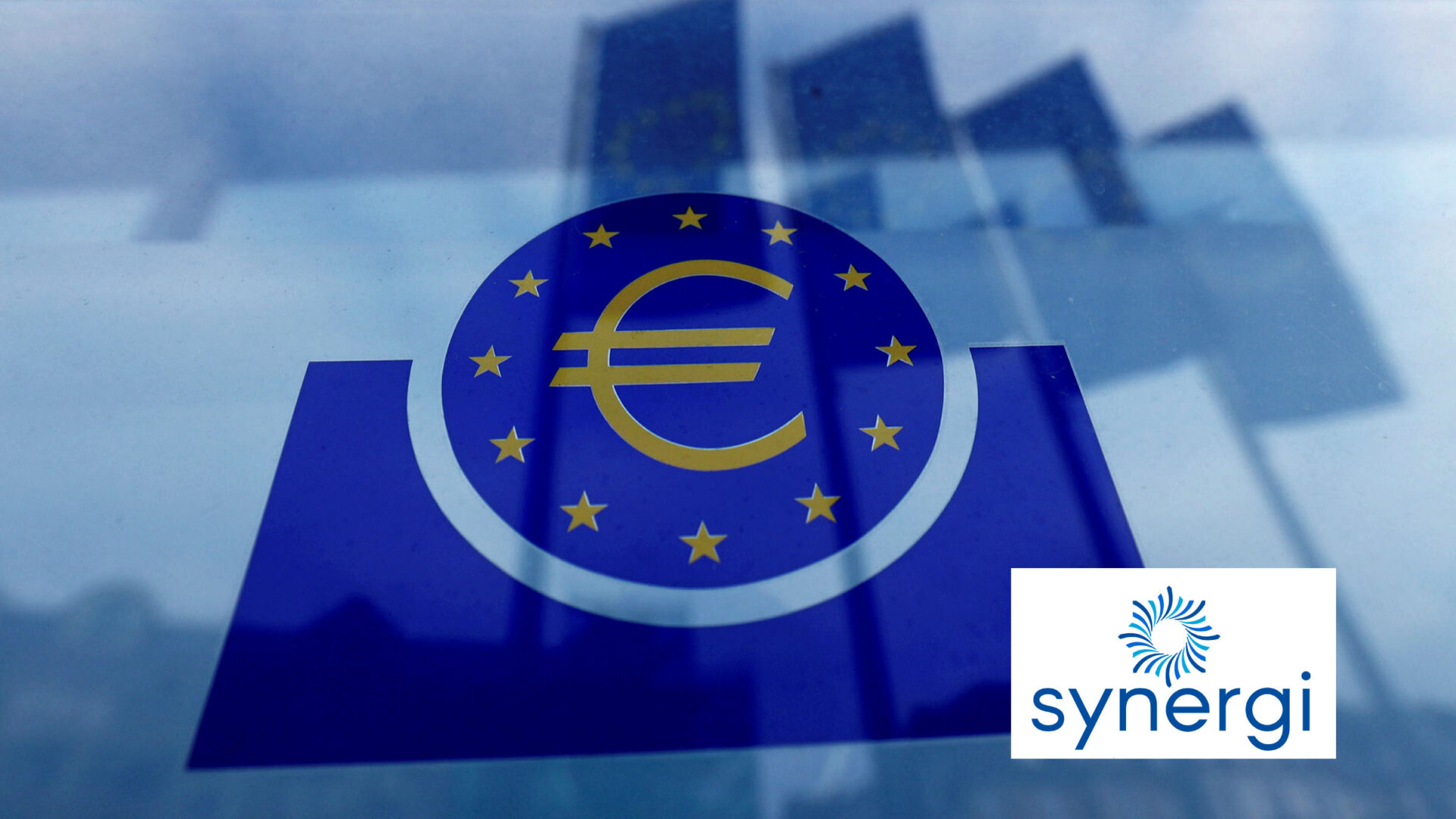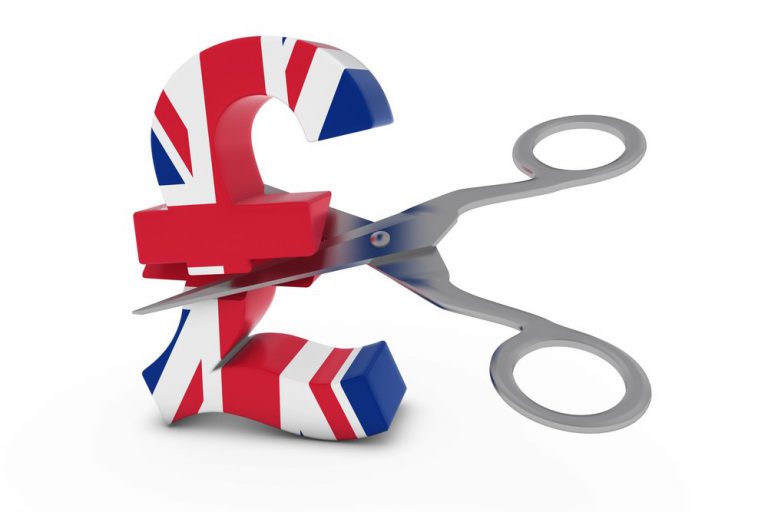Market Volatility remains likely, but there is still optimism: October market overview.
Although markets are expected to remain volatile, experts identify three reasons for investors to be optimistic.
Reason one: shipping costs, oil prices and house prices – all of which contributed to this year’s steep increase in inflation – have now begun to fall. This should help to reduce inflation in the months ahead. Energy support packages are likely to mean inflation will soon have peaked in the UK and Europe.
Reason two: central bank forecasts indicate most interest rises will have been announced by the end of the year. This most likely means that we are now closer to the end of the rate-rising cycle than the beginning and markets can make progress once they know what they are dealing with.
Reason three: the team highlight how since 1935, every time the S&P 500 index has fallen more than 20% in a calendar year, performance the following year has been positive, with an average return of around 25%.
Although market data this month shows that inflation readings are higher than expected, consumer confidence and manufacturing activity falling fast, there is a more positive front. The recessions now expected in most regions are likely to be relatively shallow, due in no small measure to the strength of the jobs market. Unemployment is still very low in almost all developed markets, and wage growth is quite strong, at least in nominal terms.
While current high levels of inflation mean wages are actually declining in real terms, inflation now appears to have peaked in the US. Energy and other commodity prices are coming down, and shipping costs have dropped sharply.
In the UK the key event in September was the announcement of the new government’s fiscal measures designed to boost growth through unfunded tax cuts. Investors had little confidence that the plan would succeed, and expressed this by selling sterling and gilts. Eventually the Bank of England stepped in with a commitment to buy long-dated gilts. This restored stability just in time: many insiders have commented on just how close the system came to collapsing.
Sterling has also rebounded from the depths, but remains at relatively low levels. Most major currencies have also declined against the dollar this year as investors have sought the safety of the world’s reserve currency. But sterling weakness is a positive for UK investors and the UK stock market, given the high proportion of UK plc’s earnings that are garnered offshore. The FTSE 100 remains the strongest of all major equity markets this year.
As nearly everywhere, rising prices and interest rates in the US are eating away at consumers’ purchasing power. But rising wages are providing some offset to this. Job creation is running at two to three times pre-pandemic levels and there are two jobs open for each unemployed worker. Part of the reason is that there are four million fewer workers now than before the pandemic.
In Europe inflation hit 10% in September, a new record. Price increases are now being driven not just by food and energy, but by nearly all segments of the economy. Rates will have to rise to counter this, increasing the odds (and severity) of a recession. What’s more, industrial shut-downs due to rising energy prices have already begun in some areas, and surveys indicate they are likely to become more widespread. While recession is more likely here than in other regions, this is already largely discounted.
Inflation has been easing in China. This could potentially give the People’s Bank of China scope to reduce interest rates further. Like most developed markets, Japan’s economy has also been struggling. Authorities there are looking for ways to boost growth, including lifting the current cap on foreign tourists, and encouraging young people to drink more!







